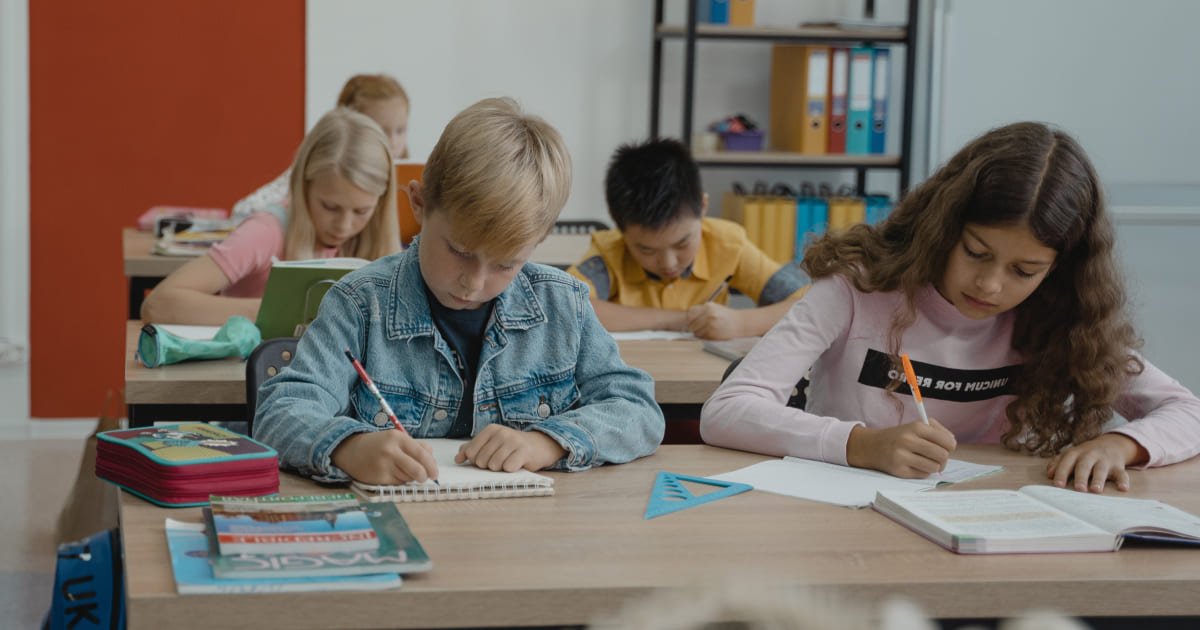How to teach functions
- Activities
- Tips & Strategies
- Methodology

06.10.2022
What does it mean, to be a ‘good’ teacher in the modern world? Are there universal criteria that can be appled to determine it?
Let’s take a look at various approaches to teaching and find out whether any of them are most efficient.
Before we discuss the approaches, it is important to bear in mind that they are based on theories on how children learn to understand and speak the language.
These four theories are the following:
Now that we know the theories of language acquisition, it is time to look at five modern teaching methods and discuss to which extent each one is effective and which context they can be applied in.
It can be clear from its name that this method is mainly focused on grammar:
While this method is often criticised for its lack of input and irrelevance in the modern world, it could be helpful in developing reading and writing skills.

This method is based on the so-called "mim-mem" technique, i.e. learners are given a dialogue with the target structure and vocabulary which they are supposed to mimic first and memorise later. Drilling is one of the main techniques in this method, while explanation is optional and describes the language that has been practised.
Audio-lingualism definitely has its benefits. Drilling and perfoming the dialogue can effectively help learners memorise the new language and develop confidence in oral speech. Another positive aspect of this method is practising pronunciation.
Yet, because the focus is on memorisation, not comprehension, it does not guarantee that the learner will be able to fully understand the context and use acquired knowledge flexibly.
Moreover, Krashen mentions these drawbacks as well: “over-use of drill and repetition, procedures such as not allowing students access to the written word in early stages may also add to anxiety” (Krashen, 1982, p. 131).
Overall, audio-lingualism would work well at lower levels as it will provide the learners with a set of basic structures and vocabulary which can be used to communicate successfully to some extent.
Start your ELT journey today!
Fundamentals of Teaching and Learning English
In this method, L1 should be avoided entirely, and the whole learning process is done in the target language. Grammar rules and explanations are also avoided, which means that students are encouraged to figure out the context and functions by themselves. Accuracy plays a huge role, so all errors are corrected.
One of the main advantages of this method is that it provides a significant amount of comprehensible input. Learners are provided with an opportunity to practice the target language during the entire learning process. What is more, it is more personalised that the abovementioned methods, which means that learning appears more interesting and relevant.
The direct method, however, has its flaws too. According to S. Krashen, such close attention to errors can cause anxiety, and the method is ‘strictly sequenced, which distorts efforts in real communication’ (Krashen, 1982, p. 136).
Nevertheless, being grammar-based, this method has been successful among those students who are particularly interested in the inductive study of grammar (Krashen, 1982, p. 137).
At first glance, it may seem impossible to teach a language while being silent as much as possible, but this is exactly what this approah suggests. The teacher is expected to use gestures and facial expressions instead of verbal communication, thus encouraging students to speak more.
Unusual as it may seem, this method develops learners’ independence and reduces teacher’s talking time. Yet, some students may feel uncomfortable with not being able to communicate with the teacher in a traditional way.

One of the most wide-spread methods nowadays, its main goal is to help learners to communicate in the most efficient and meaningful way. It puts emphasis on social interaction, so lessons involve such collaborational activities as role-play, debate, interviews, opinion sharing, scavenger hunts, etc.
It certainly is efficient in terms of developing students’ verbal skills: students are actively engaged in the communication process and have an opportunity to be creative and use the TL flexibly.
However, this method has been criticised for not putting enough emphasis on grammar and formal aspects of the target language (Swan, 1985).
Other approaches to teaching languages include: the Natural approach, Total Physical Response, the Structural approach, Suggestopedia, Task-based Learning and Teaching, etc.
As we can see, each approach has its benefits and drawbacks, which makes it hard to pick one universal method that will work with each student. Language learning is a complicated process, and a method that works great in a certain classroom may turn out absolutely useless in another.
What really makes you a "good" teacher is the ability to filter these methods and pick those that will fit best to you, your students’ needs and abilities.
Olha Lavrentieva
Author
CELTA certified teacher of General English, Teenagers
Comments
Leave your comment